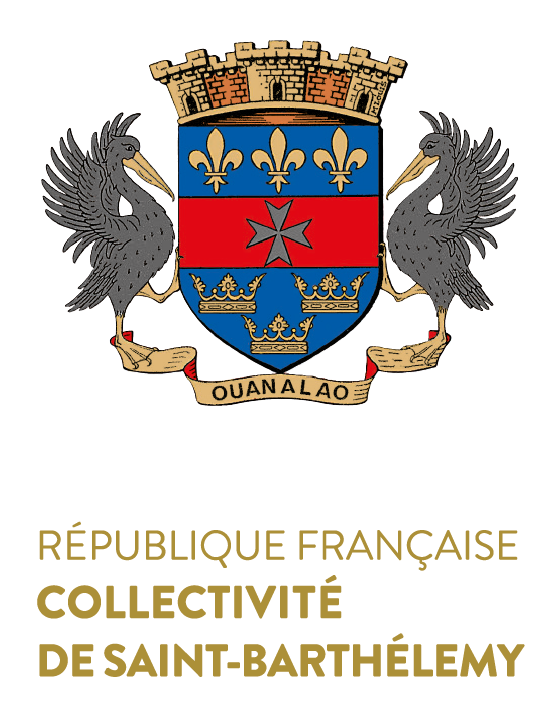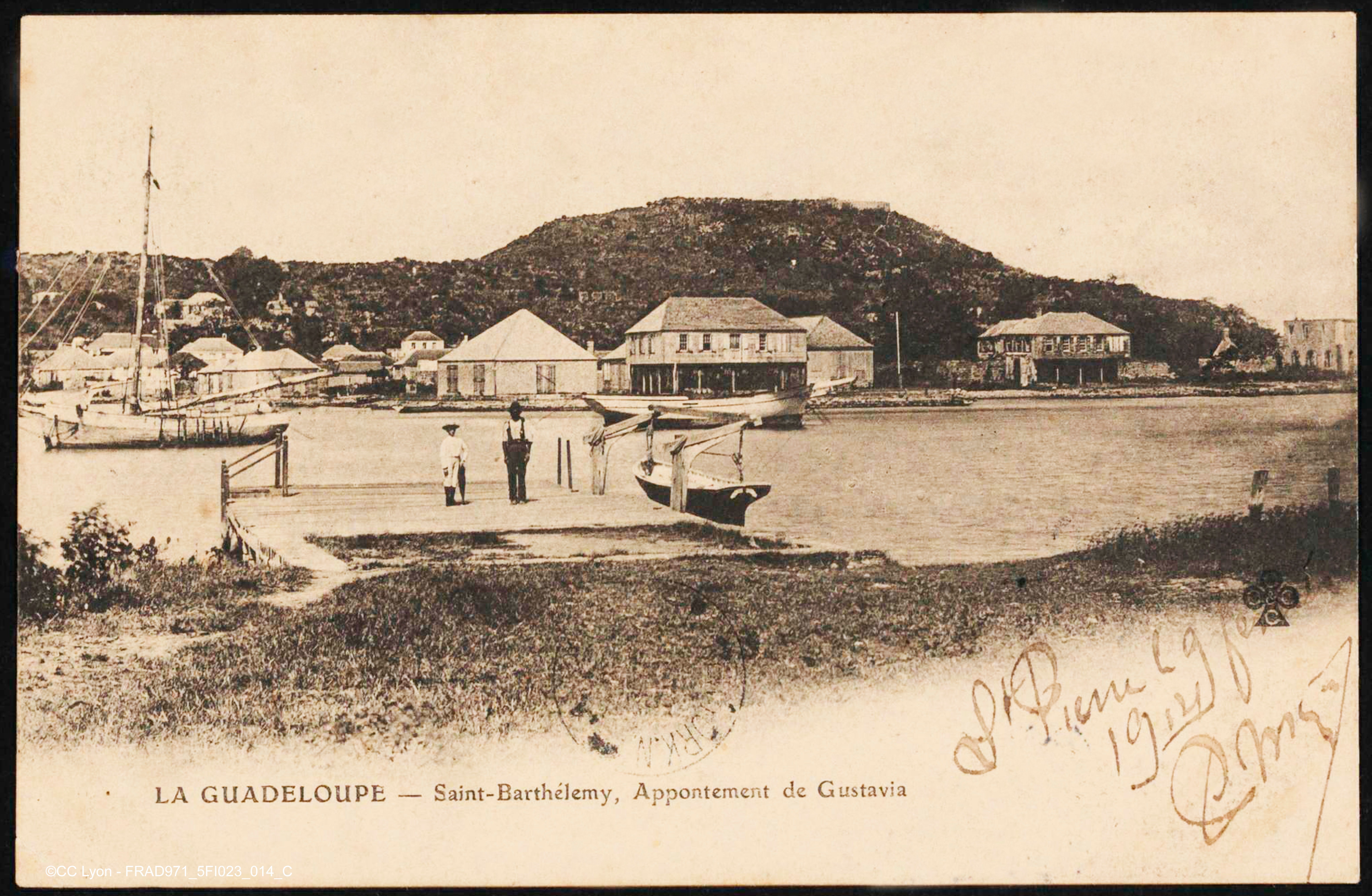
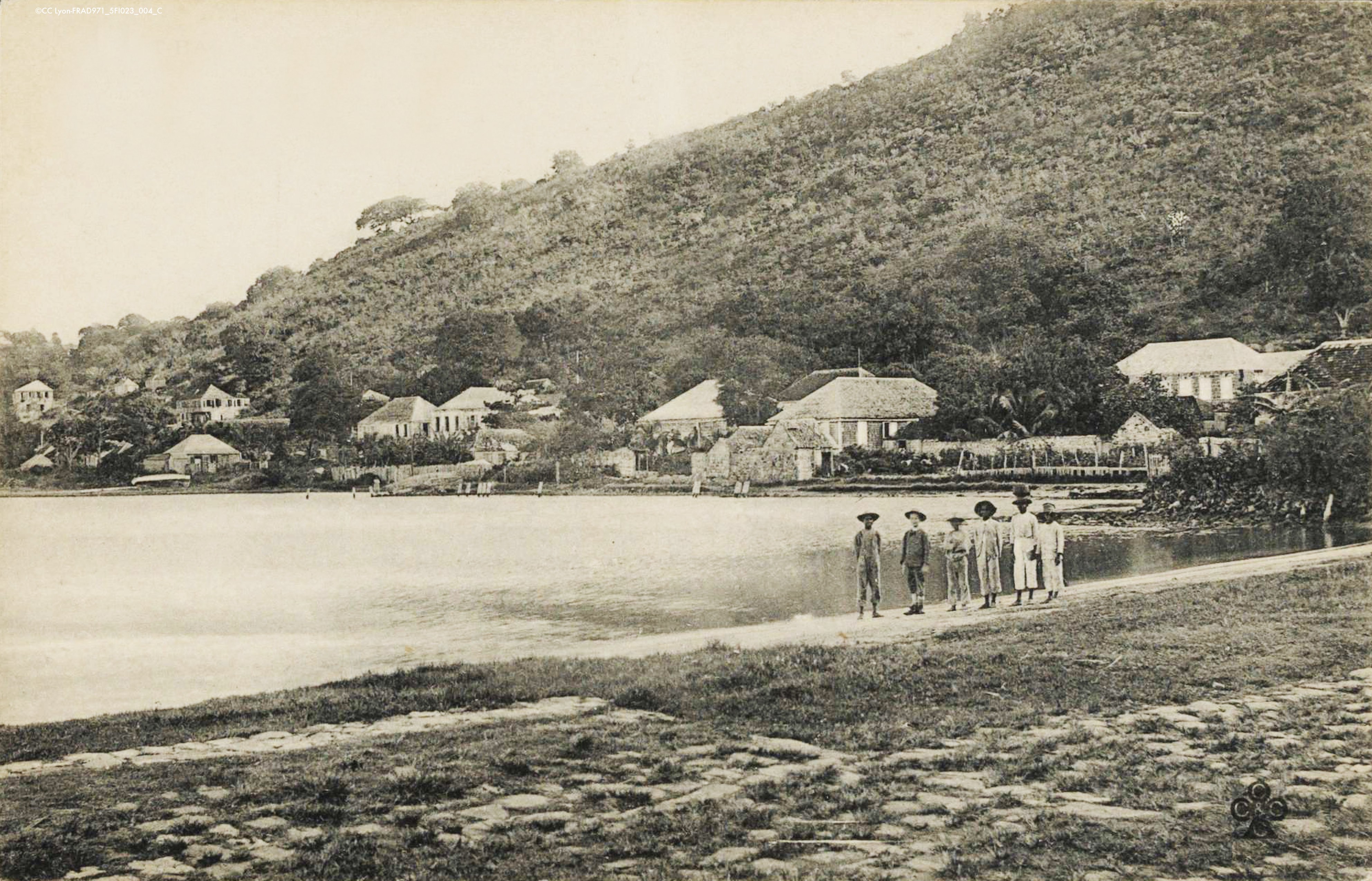
CROSSROADS
After almost a century under the Swedish crown, St Barth is once again under French sovereignty. This presence revived by the Retrocession is however more felt by its absence, leaving the island forgotten by the French central administration.
On October 11, 1878, the Governor of Guadeloupe and its dependencies, appoints an administrative commission composed of fifteen members, responsible for temporarily managing the municipal affairs of the island. Mr. Hippolyte Duchatellard is appointed to chair this commission.
The same year, a decree issued by the Governor of Guadeloupe stipulates «that customs duties, exit duties and several other direct and indirect taxes will not be collected on the island, due to the unfortunate situation of its inhabitants».
Life on the island is difficult, with each day bringing its own set of challenges. The notorious absence of the French state is partly compensated by the role of the Church. Abbé Morvan introduced the latanier around 1890, thus encouraging the manufacture of hats and other straw products. The initiative gives birth to a real know-how, an art of basketry which, over time, will be recognized beyond the borders of the island, becoming a local cultural heritage.
Then, the Great War, which is supposed to be the “last of the last”, knocks at the door, taking the sons of the island to the battlefields. Some will come back marked, others will not. The names of those who gave their lives for France are engraved in the stone of the war memorial.
To pray for the protection of soldiers who went to battle, and later, for those engaged in the second conflict that will follow, small chapels are created in some neighborhoods.
This war reinforces, around its weekly radio meetings at the town hall to listen to «news from the front», a sustained community feeling and will leave stories, transmitted by oral tradition, which will live on in the collective memory.
The languages spoken reflect their disparity: Creole is spoken on the windward side, while patois nestles in the leeward side. The city keeps its accents of English influence.
Around 1918, a new figure emerges on the island in the person of Reverend Father Irénée de Bruyn, a native of the Netherlands. He will work for the well-being of the population and will be behind, through his perseverance, the creation of many buildings such as the church of Colombier - using lime cay extracted from the sea -, the Sainte Marie school, cisterns, or the hospital that still bears his name.
Life goes on in St Barth, exhausting, intractable. The inhabitants, familiar with poverty and deprivation, nevertheless cherish their piece of land, appreciating the little things. They show exemplary courage, further strengthening the identity of Saint Barths. This distinctive mark, if not registered, of the local population is also reflected through the following assertions.
Beyond ceremonies and masses, occasions are rare to dress elegantly. Children, apart from their daily responsibilities, have little time to play. Sailing remains inseparable from the history of the island, and in the 1920s, the navy is on the rise, with sloops and schooners whose names still resonate in the minds of many.
In the absence of means of conservation salt becomes ever more important. From 1925, the salt marsh of Saline is put into service and the salt is harvested.
Saint-Barthélemy seems to be dozing, discreetly. In reality, she continues her laborious life finding value in honor and principles, savoring the delights of the little things.
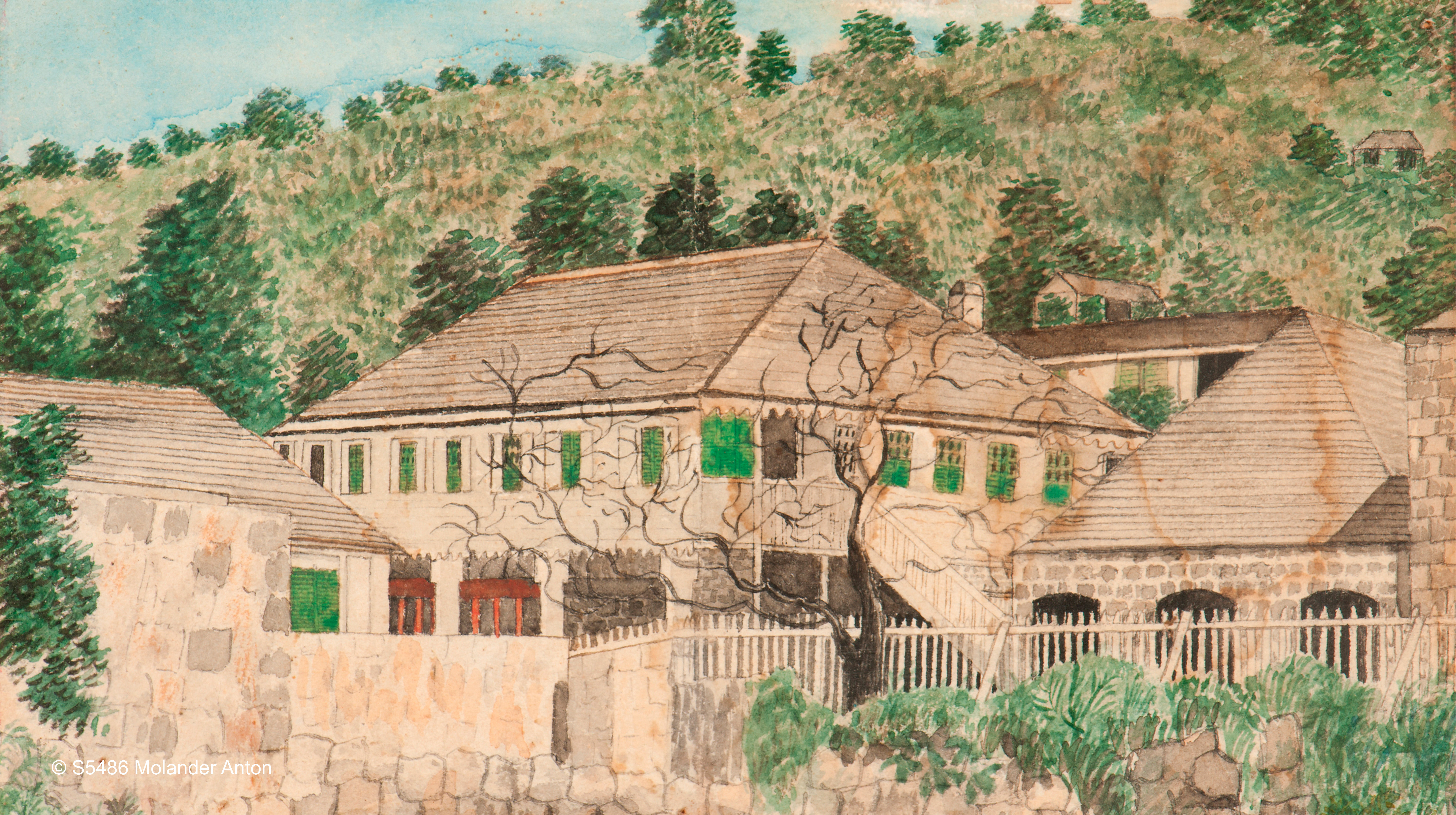
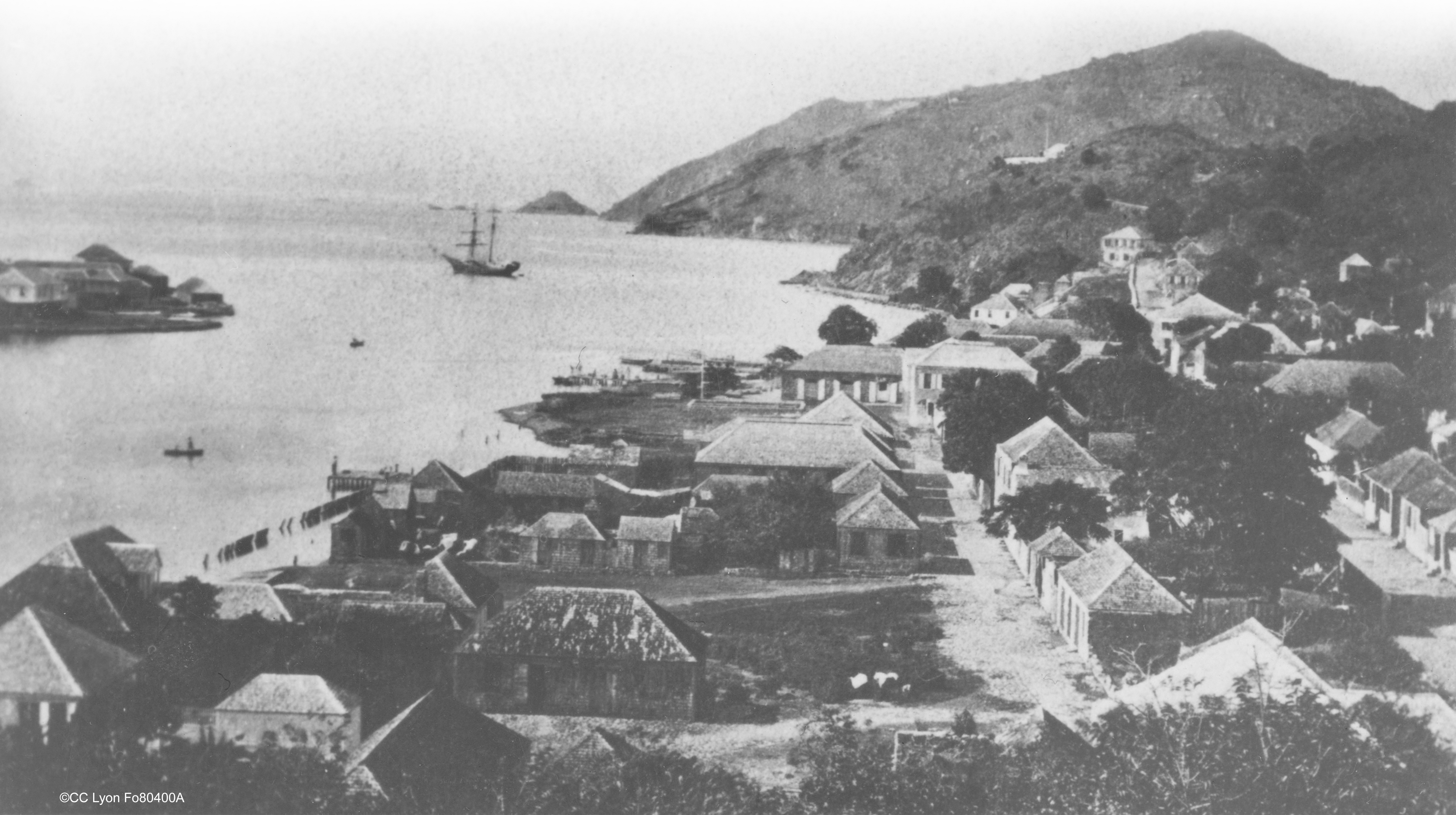
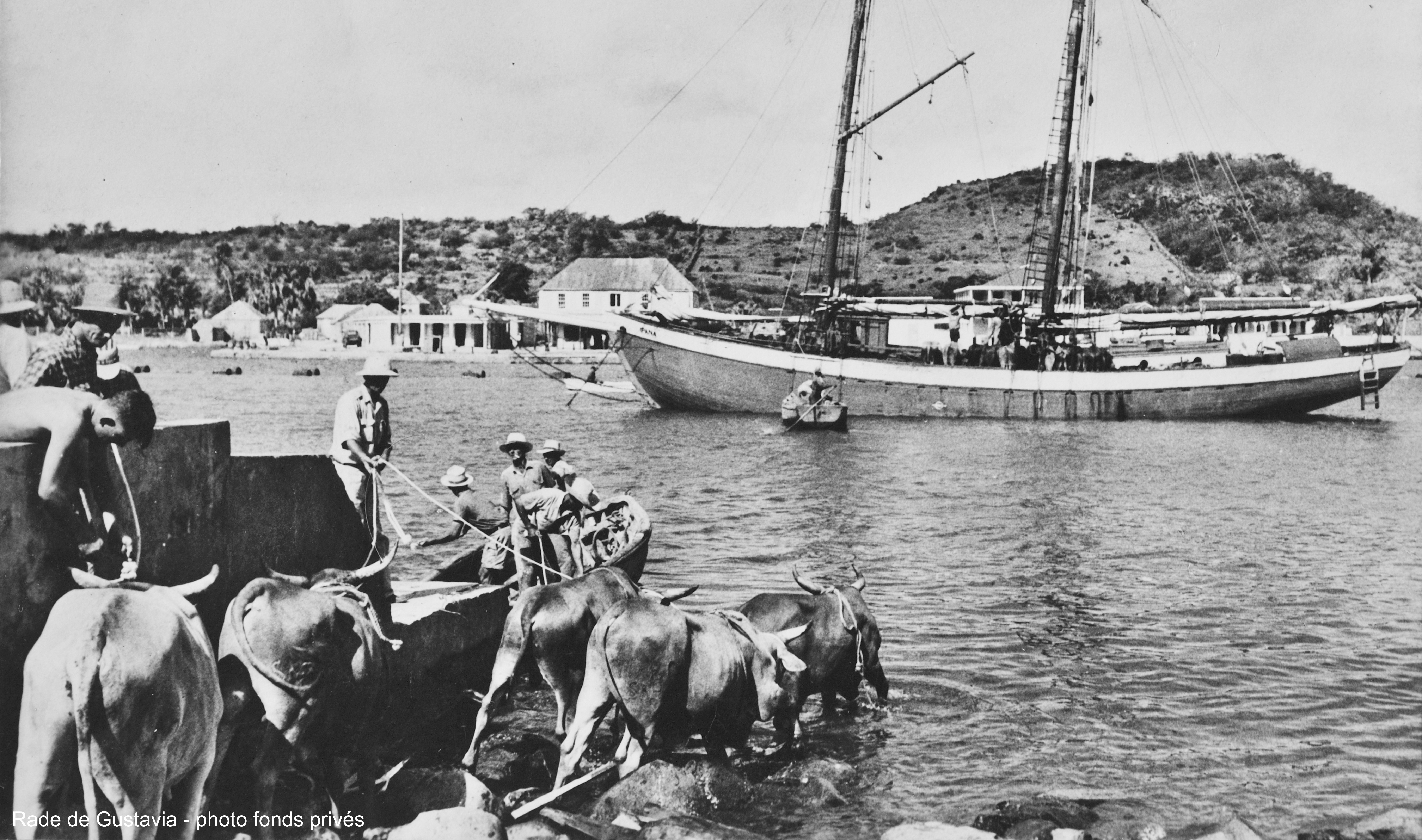
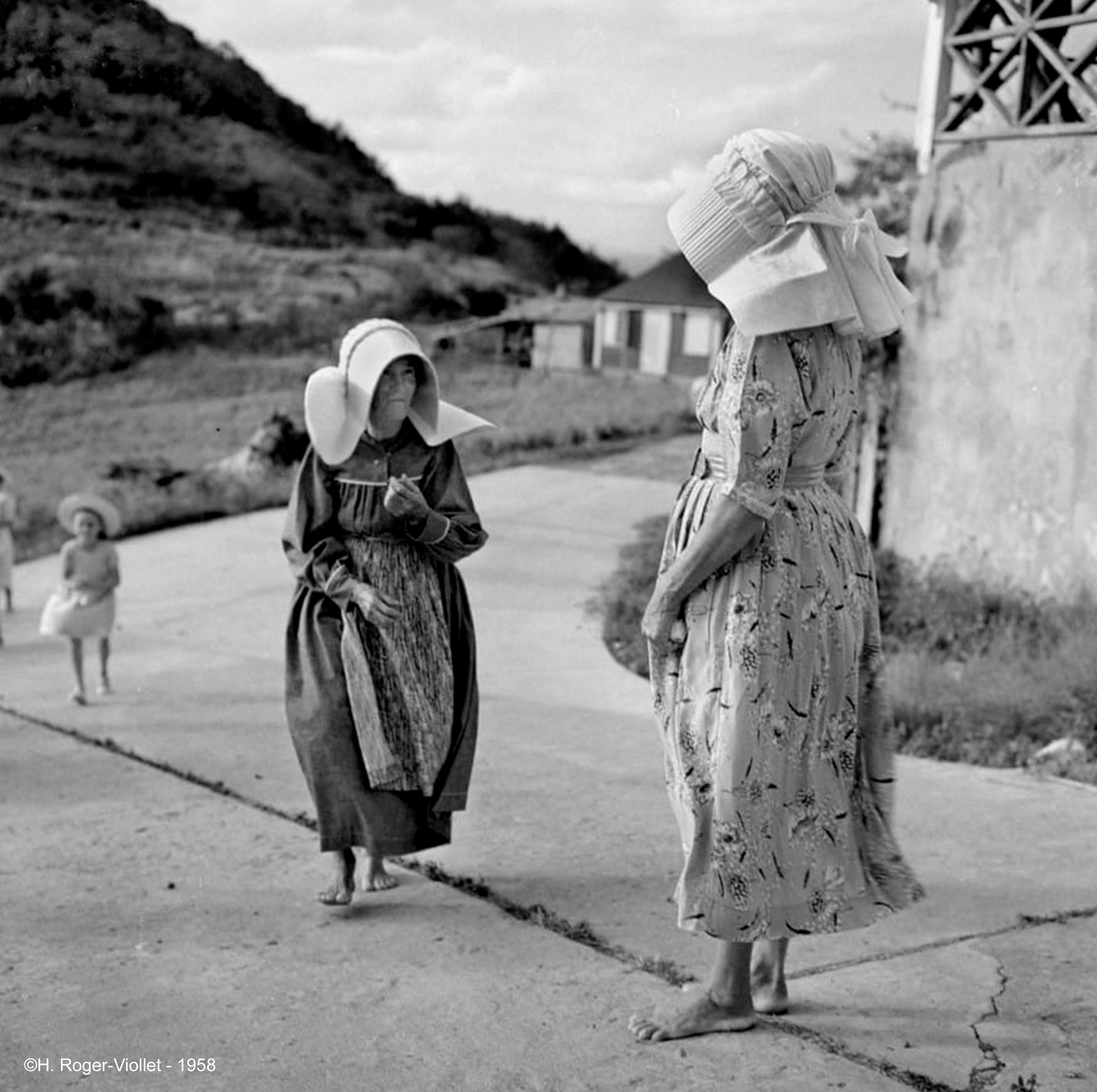
A NEW DEAL
In the early days of the 1930s, St Barth is home to just over two thousand souls. The curse of a weak economy continues to send men and families to other shores, like those of Saint-Thomas, in search of stable jobs. Progress, slowly, begins its march.
Then the Second World War breaks out on the continent, transforming the Atlantic into a strategic issue. The days pass by in rationing, this new ordinary of Saint-Barths. Now is the time to be inventive, as always! German submarines brush against our shores, crisscrossing our waters. It is even said that they refuel in Fourchue Island. On two occasions, American survivors reach our island shores after being torpedoed by a U-boot.
After the storm of fighting, begins the dawn of a new era. Saint-Barth reveals itself more to the world, initially by sea, thanks to seasoned sailors and the local flotilla of sailboats, which supply the island with essential goods. They also weave trade links to other lands in the Caribbean, promoting trade.
Then through the air! In 1946, Rémy de Haenen lands a plane for the first time in St Jean, on what was only a somewhat chaotic savannah sheltering a pond and a few astonished goats. This man with many faces, in turn sailor, shipowner, hotelier welcoming the jet-set, instantly becomes an essential figure in Saint-Barth, leaving his mark on this land, just like the airport which today bears his name. From the title of general councilor, he rose to that of mayor, and in 1964, personally presents General de Gaulle with a petition, already aimed at obtaining autonomy for the island. With this key player and others, both on the economic and political scene, technological progress, such as electrification, gradually creeps in.
At the same time, the island, long eclipsed, languishing in the obscurity of destitution, begins to attract renowned personalities like David Rockefeller or other great American fortunes, captivated by the enchantment and simplicity of this little corner of paradise. It was in 1956 that Rockefeller invested in Colombier. Heir to a large family, he is a modern, active man, and disconcertingly simple in his human relationships. Having fallen madly in love with Saint-Barthélemy and its inhabitants, he has one objective : to protect this island from hotel speculation and the throes of unbridled progress which would kill the fragile and humble charm of the place.
Over these decades, the population changed little. Two thousand three hundred souls, hardly more, walk on the paths of the island, and a little more than a hundred cars take them around.
In the countryside, the family pattern is drawn as follows: every young man reaching adulthood, according to implicit principles of honor and responsibility, has the initial goal of building his shack to accommodate his home. The men are at work, here or elsewhere, depending on job opportunities. The girls become guardians of their siblings, helping hands and very useful in the daily work. They are given responsibilities and duties. As for the women, they are simply exceptional! They are often mothers and shoulder all the responsibilities: whether it is fetching water, feeding the animals, cultivating the land or taking care of education, cooking, and other domestic chores... The inhabitants in general are proud, grant their trust without too much reserve, but do not tolerate iniquity.
Thus, the island once again opens its arms to the rest of the world, ready to write an unprecedented page in its history. Luxury tourism is established, and will henceforth become the main source of wealth for the island. The seventies, witness of this turn towards modernity, cemented the foundations of the meteoric evolution of Saint-Barthélemy.
Except for the year 1975, marked by the «events» - a form of popular insurrection, against a backdrop of public health problems and politics, which pushed the population into the streets, paralyzed the airport and required military intervention - nothing seems to hinder the inexorable advance of progress, now underway and destined to change the face of the island.
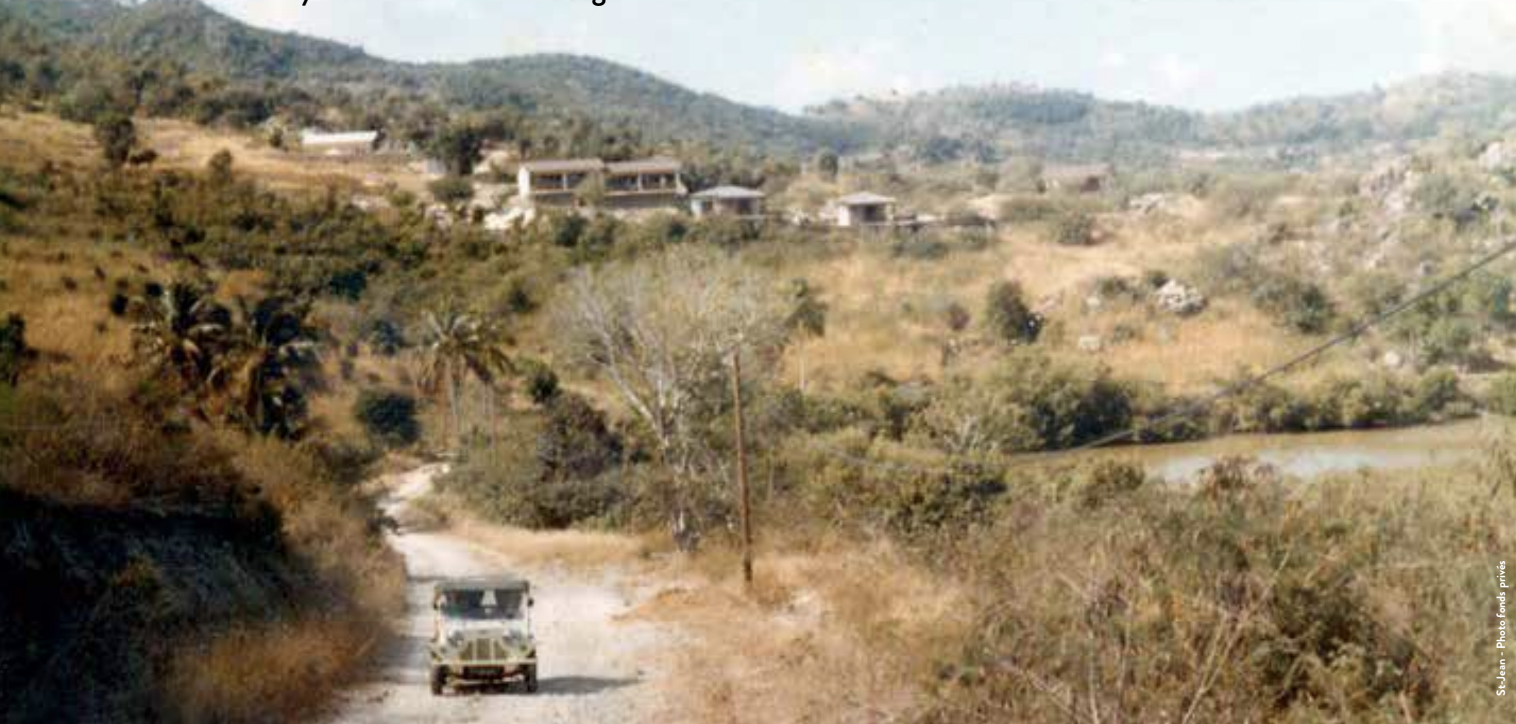
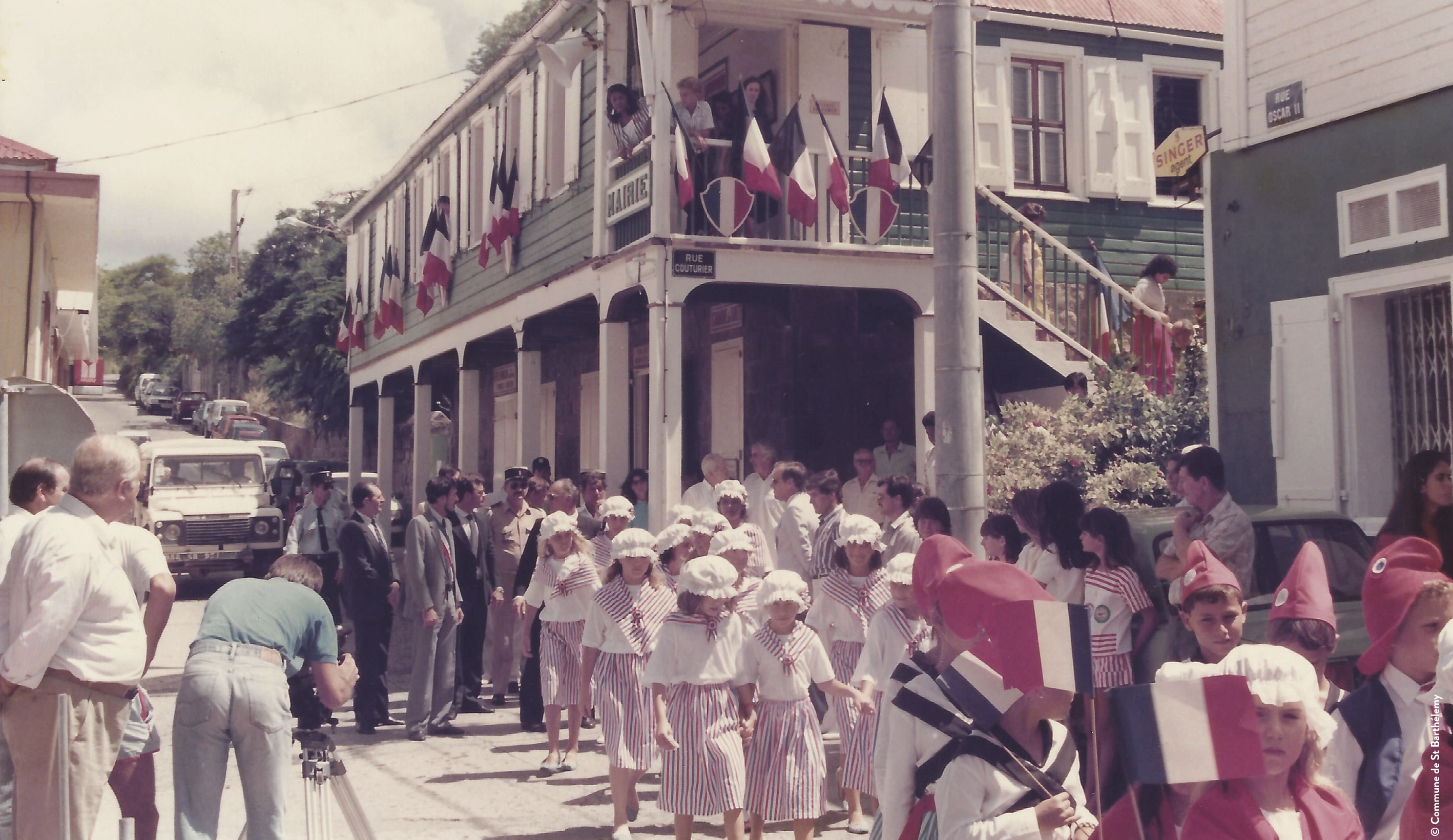
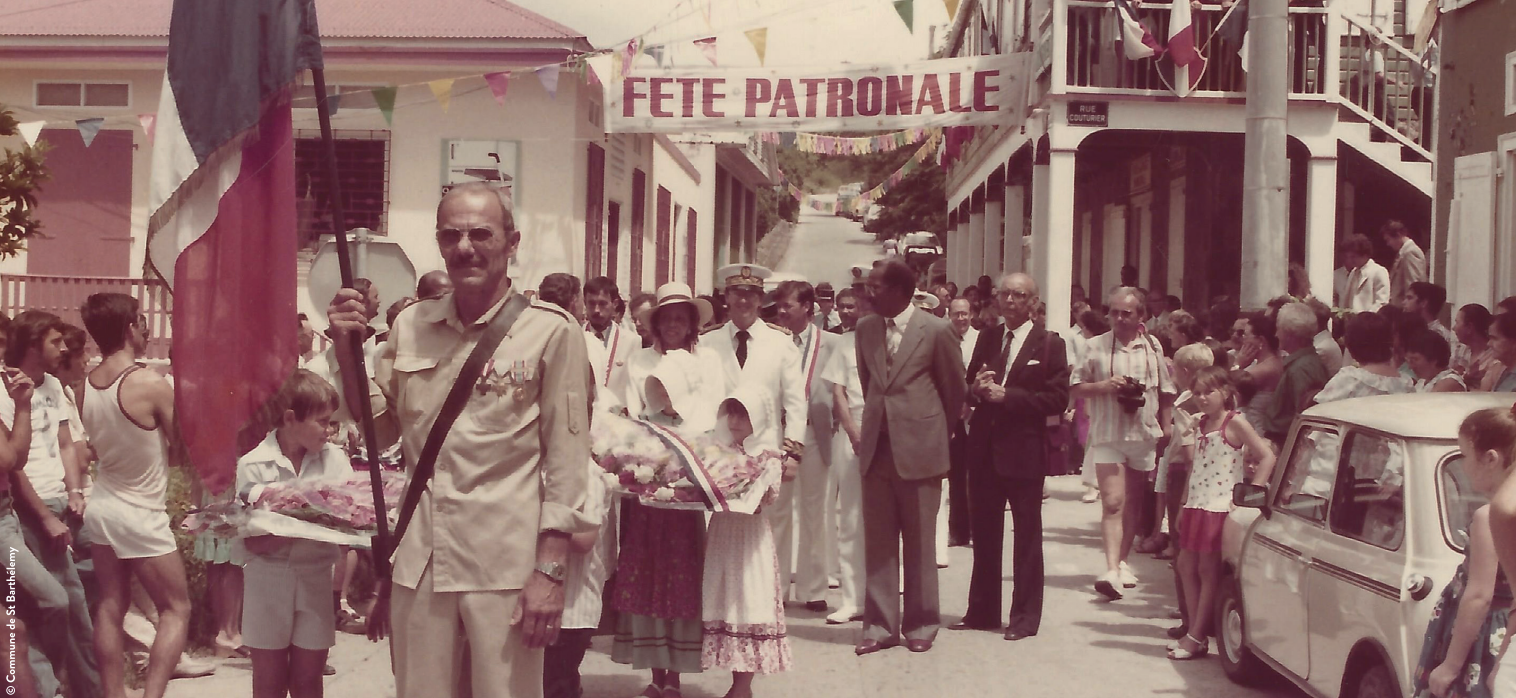
EVOLUTION AND CHALLENGES OF AN UNCOMMON ISLAND
At the beginning of the 80s, we remember the evenings, some chanted. The time is a little more carefree, marked by the advantages and novelties that accompany tourism. St Barthélemy then has a little over three thousand inhabitants. The evolution of the island is truly impressive, and falls, not without a certain delay, in the wake of the technological advances which are conquering the globe. Homes welcome the telephone, television, then the internet appears. Families feel the effects of the influx of visitors through employment, sport and the economy. The impact of travel and higher education for which children go to school outside the island, offer new promises.
St Barth continues its inexorable opening to the world, progressing and flourishing in various forms. The demographic counters crossed the threshold of 5,000 inhabitants in 1990. Tourism is the island’s primary asset, naturally leading to the multiplication of infrastructures. A new path is opening up, where construction will no longer know a break, aiming to offer ever more services.
As a leading figure of the destination which tends to establish itself as a unique model, Bruno Magras stands out for his major role spanning several decades. Successively mayor then President, he guides the island, in the continuity of the efforts undertaken by previous generations of elected officials, towards new horizons.
A municipality attached to the department of Guadeloupe since 1946 - thanks to the work of Alexandre Magras -, Saint-Barthélemy suffers from a status unsuitable for its geographical remoteness, its unique history and its atypical population. This municipal condition also proves to be inconsistent in the face of the tax and customs particularities inherited from the Swedish era of the island. This derogatory regime, although silently accepted, remains legally fragile.
The idea of a specific status for Saint-Barthélemy therefore germinated early, in the 1960s, as soon as the beginnings of a promising development were felt.
This impulse materialized during the municipal elections of June 1995. The new majority led by Bruno Magras is elected with a program clearly placing statutory developments at the forefront.
On December 7, 2003, the citizens of Saint-Barthélemy are finally consulted on the prospect of creating a new overseas community: with a participation of 78.75% of registered voters, the “Yes” triumphs at 95.15%.
Finally, at the end of a legislative process, organic law no. 2007-223 of February 21, 2007 sees the light of day. On July 1, the territorial elections take place, and on July 15, 2007, the Territorial Council of the new Community met for the first time, bringing Bruno Magras to the presidency. The same year, there were 8,595 souls in St Barth and the population growth does not seem ready to stop.
Saint-Barthélemy thus ceases to be a municipality of Guadeloupe to become a community, thus embracing autonomy, integrating in addition to the skills of the municipality, those of the department and the region. This new entity attracts again and again.
Finally, on January 1, 2012, Saint-Barthélemy ceased to be an outermost region (OR) of the European Union and became an overseas country and territory (OCT). European standards are no longer applicable, except for monetary, banking and financial rules. The Euro remains the currency in force.
Over the years, Bruno Magras is easily elected in each election in which he participates. Nevertheless, evolution, whatever its features, reveals multiple aspects which highlight the limits of the island. Hurricanes like Luis in 1995 or Irma in 2017, force human resilience and further push the limits of the island, accentuating the already galloping urbanization.
At a time of climate concerns, sustainable development and the harmful repercussions of progress, the island is facing new challenges. A political turning point manifests itself in a tangible way during the territorial elections of 2022, with the emergence of a new majority in power, led by Xavier Lédée.
St Barth, where that same year there were nearly 11,500 residents, as well as 17,000 vehicles for only 21 km2, is thus opening up to a new era. The island finds itself, as in the past, at a pivotal time, and is beginning a new cycle with always unique challenges.
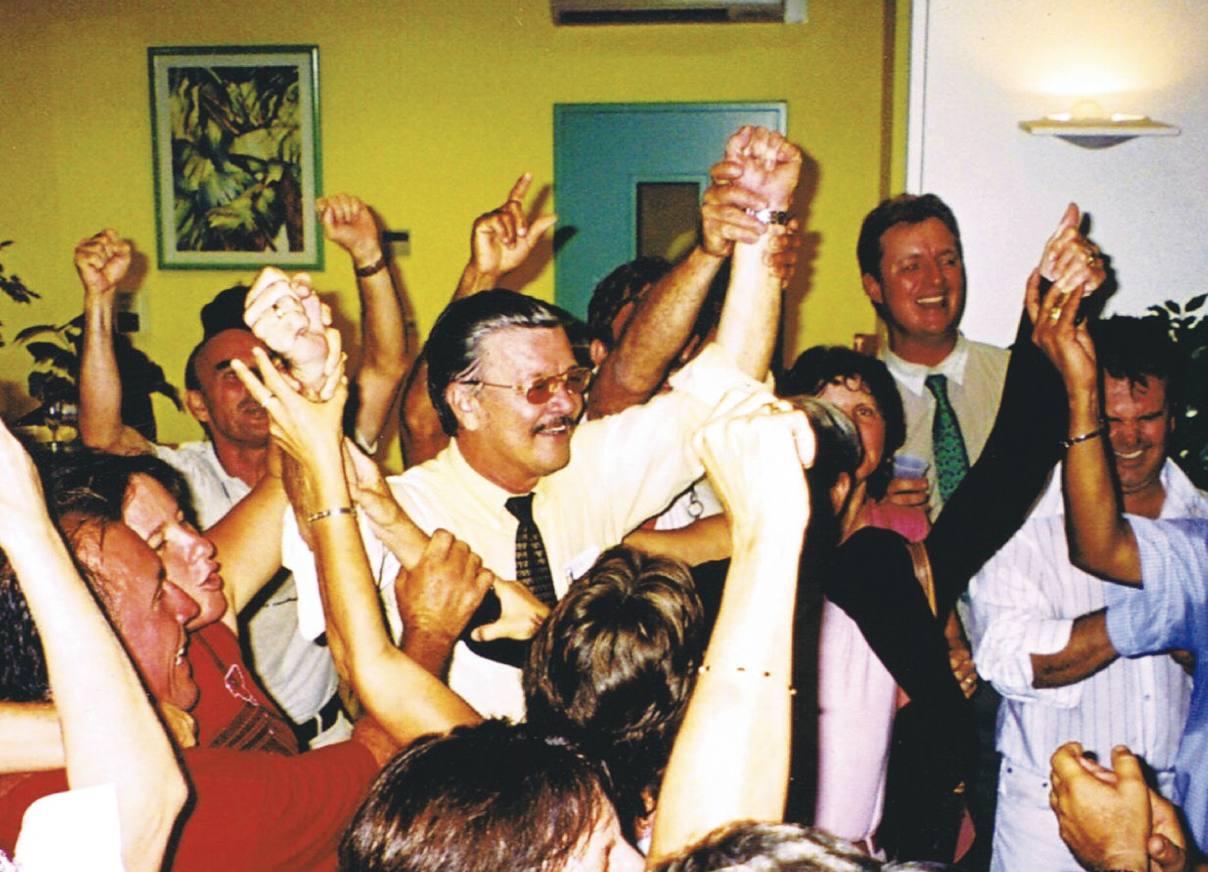
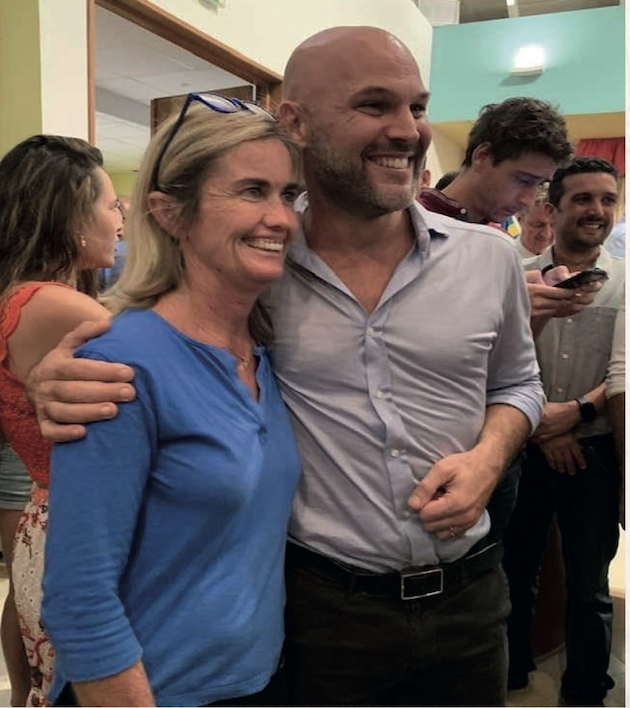
Opening Hours
Monday : Closed
Tuesday Wednesday Thursday : 8h30 - 12h45 15h-19h30
Friday : 8h30 - 12h45 15h - 19h30
Saturday : 8h30 - 13h
